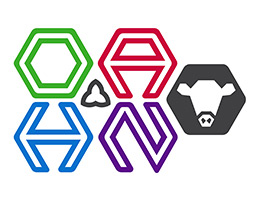Ontario Animal Health Network (OAHN) Bovine Expert Network Quarterly Industry Report
Clinical Impressions from Veterinarians
The bovine network heard from several practitioners experiencing respiratory disease outbreaks in lactating dairy herds this quarter. To explore the issue further, the network opened a clinical impressions survey to collect more information on the issue. Nineteen veterinarians that completed the survey reported treating at least one outbreak of respiratory disease in mature cows this winter. Respondents were from across counties in Southern, Eastern, and Northern Ontario.
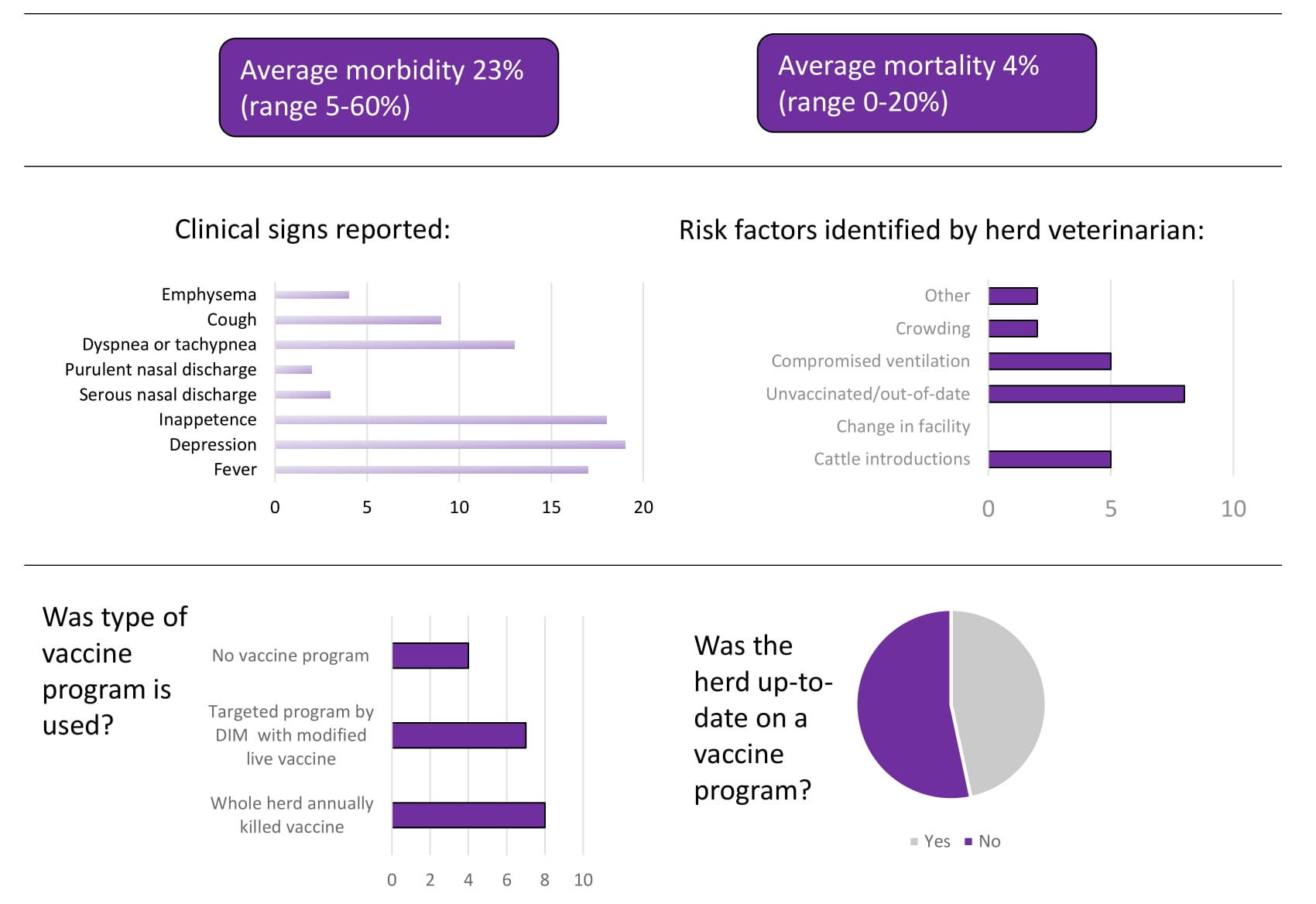
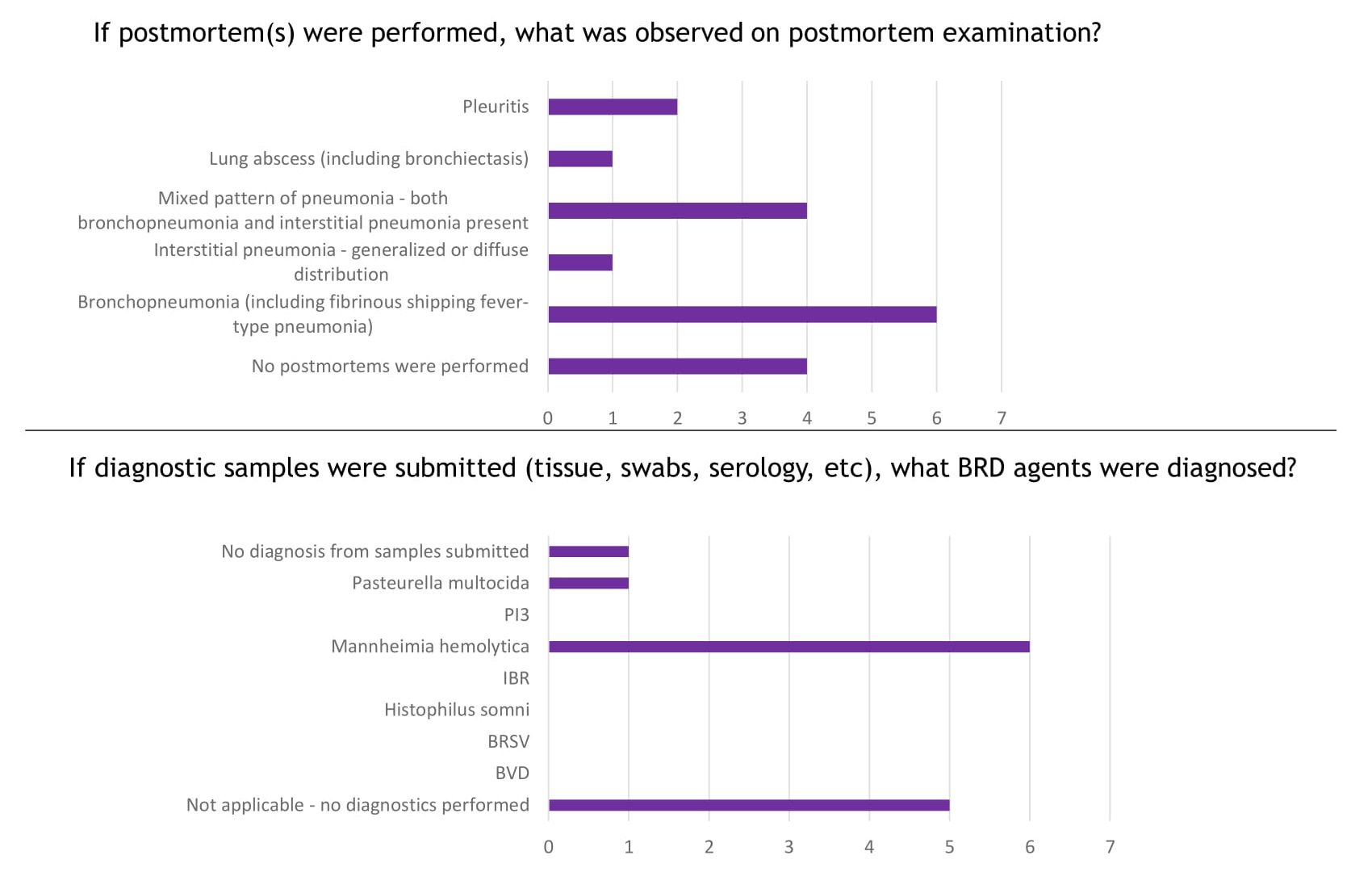
Barriers and difficulties identified by veterinarians:
- Time of sampling to time of diagnosis
- Producer reluctance to postmortem cattle
- Reluctance to pay for testing if morbidity but no mortality
- Poor production and condition in surviving cattle resulting in increased culling
- Accurate diagnosis in live animals/laborious diagnostic procedures
Surveillance: Q4 Data from the Animal Health Laboratory
Pathology Submissions – Between November 1, 2019 to January 31, 2020, there were 210 bovine pathology submissions to the Animal Health Laboratory. The following data highlights submissions in Q4.
| Calves < 2months of age |
|
| Calves > 2 months to 2 years of age |
|
| Adult Cattle (>2 years) |
|
| Abortions |
|
Summary of 2019 Mastitis Pathogens from Milk Culture Submitted to the Animal Health Laboratory
Dr. Murray Hazlett, Dr. Durda Slavic, Dr. Jim Fairles
In 2019, there were 5 208 individual milk samples sent to the AHL which yielded 6 144 results.
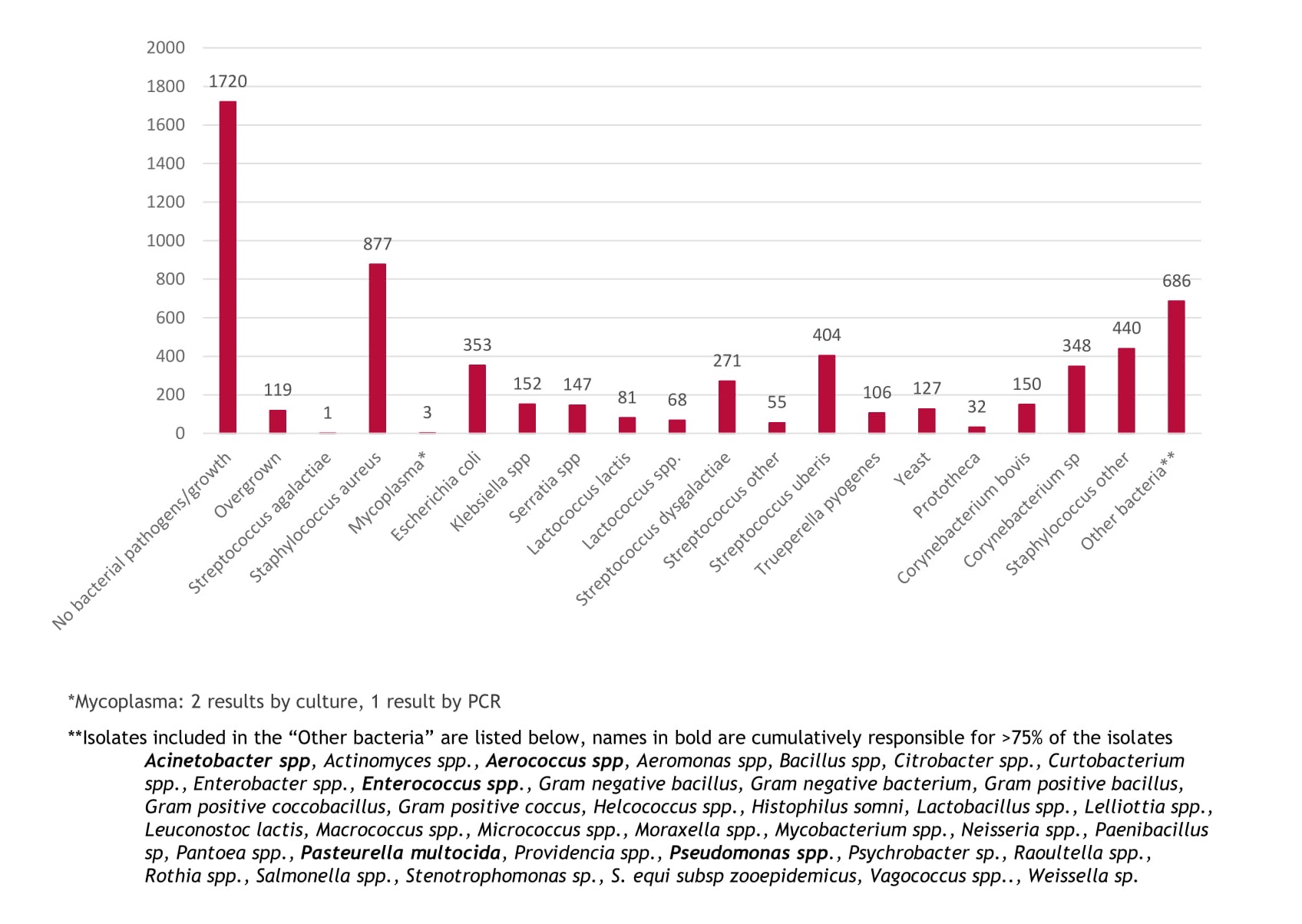
Summary of Mastitis PCR Test Data for Ontario DHI Herds in 2019
Data Provided by Lactanet
Summary by Dr. David Kelton, University of Guelph
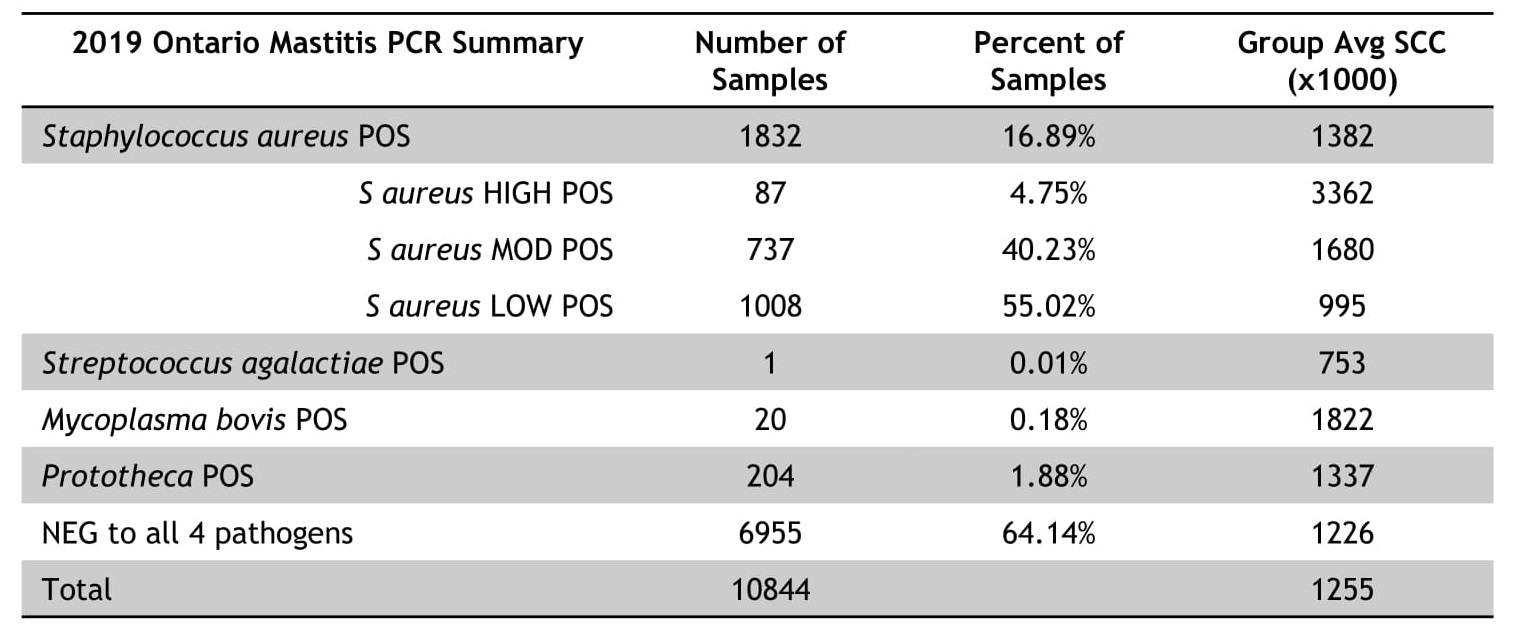
More than 10 000 samples were submitted for PCR testing at the Guelph Lactanet Laboratory during 2019. Most producers only test a subset of cows at any given DHI test. Producers generally use elevated SCC as a means to identify samples for testing. Staphylococcus aureus was the most frequent positive test. While 17% of samples were positive for Staph. aureus, only 5% were HIGH positive. As expected for Staph. aureus infected cows, somatic cell count (SCC) is correlated with PCR result. A note of caution for low positive Staph. aureus test results, especially if SCC is low. These cows might not be infected and it is important to corroborate a positive test with SCC and/or follow-up testing.
Only 1 of 10,844 samples tested positive for Strep ag. This in conjunction with the mastitis pathogen detection by culture at the Animal Health Laboratory in 2019 (1 positive in 5208 samples), is evidence of the near eradication of this pathogen.
Finally, notice that most of the samples that were negative on PCR testing still had a high SCC, suggesting that these udders may be infected with pathogens other than the 4 identified using the PCR system. This is a reminder that unlike culture, PCR only indicates whether a specific set of bacterial pathogens are present in the milk sample.
